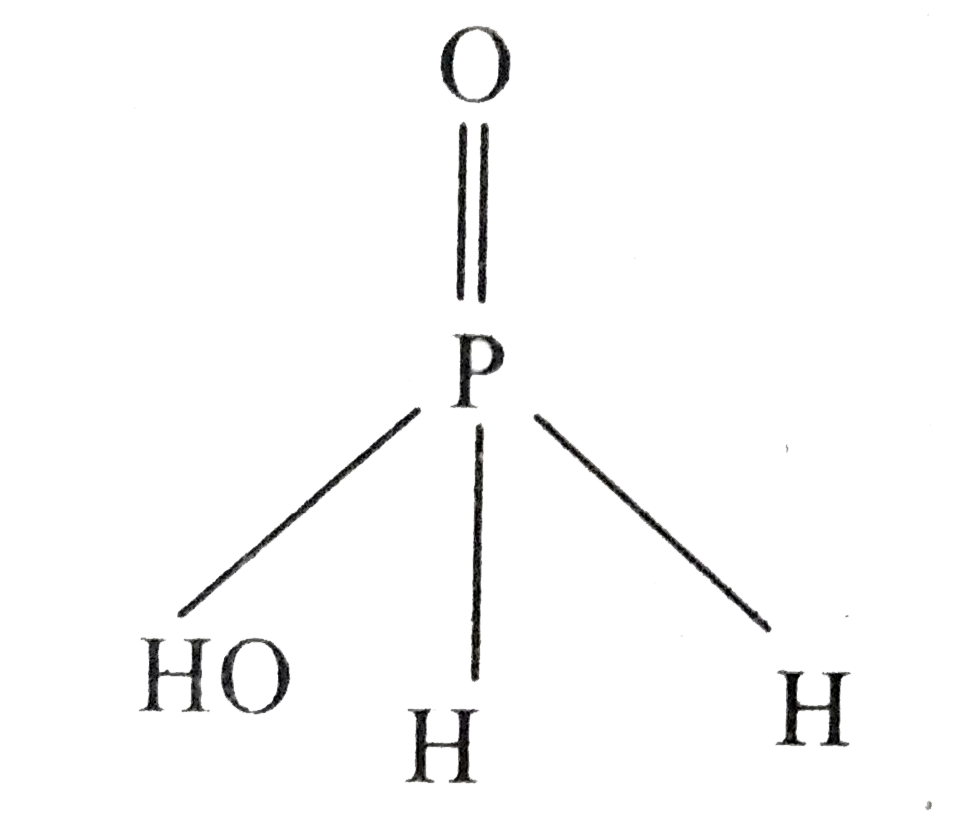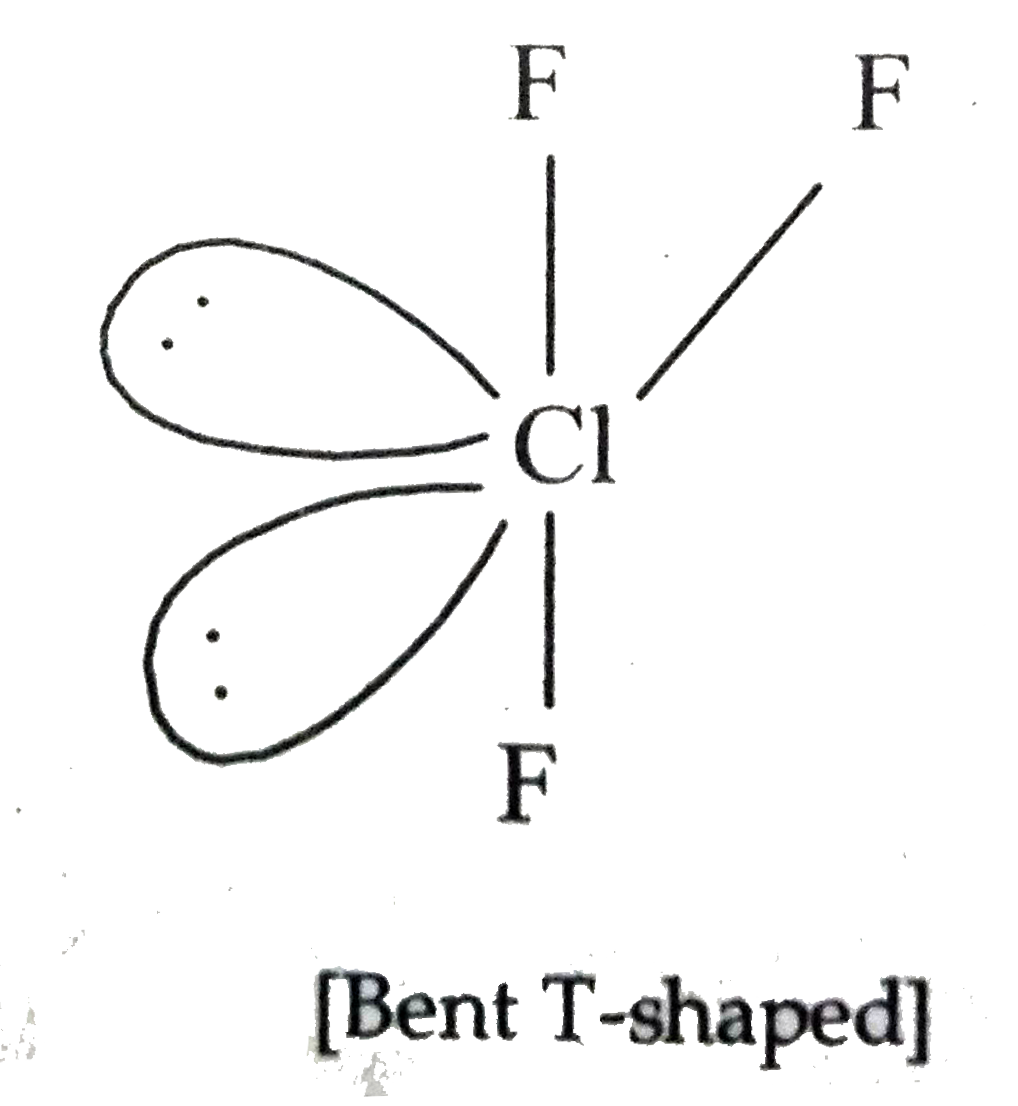Explain the following observations :
(i) Nitrogen is much less reactive than phosphorus.
(ii) Despite having greater polarity, hydrogen fluoride boils at a lower temperature than water.
(i) H3PO2

(ii) CIF3 : Structure of ClF3(g)

(b) (ii) Water molecules has twice as many Hydrogen bonding does HF and therefore more intermolecular attraction and higher boiling point than HF.
Topper's Solved these Questions
- XII BOARDSBook:XII BOARD PREVIOUS YEAR PAPER ENGLISHChapter:XII BOARDSExercise:Outside Delhi : SET-III
Explore 11 Videos
- XII BOARDSBook:XII BOARD PREVIOUS YEAR PAPER ENGLISHChapter:XII BOARDSExercise:SECTION-A
Explore 13 Videos
- XII BOARDSBook:XII BOARD PREVIOUS YEAR PAPER ENGLISHChapter:XII BOARDSExercise:[SET-III]
Explore 10 Videos
- SAMPLE PAPER 2019Book:XII BOARD PREVIOUS YEAR PAPER ENGLISHChapter:SAMPLE PAPER 2019Exercise:SECTION: D
Explore 1 Video
Similar Questions
Explain the following :
Hydrogen fluoride is much less volatile than hydrogen chloride.
View SolutionExplain the following
(i) Nitrogen is much less reactive than phosphorus.
(ii) NF3 is an exothermic compound but NCl3 is an endothermic compound.
View SolutionWhy does water boil at a lower temperature in Nainital than in Delhi.
View Solution(a) Complete the following chemical equations .
(i) XeF4+SbF5→ , (ii) Cl2+F2(excess)→
(b) explain each of the following :
(i) Nitrogen is much less reactive than phosphorus.
(ii) The stability of +5 oxidation state decreases down group 15.
(iii) The bond angles (O−N−O) are not of the value in NO−2 and NO+2.
View SolutionExplain the following situations :
(ii) Sulfur exhibits greater tendency for catenation than selenium.
View Solution(a) Draw the structures of the following :
(i) XeF4
(ii) H2S2O7
(iii) SO2−3
(b) Explain the following observations :
(i) Phosphorous has a greater tendency for catenation than nitrogen.
(ii) The negative value of electron gain enthalpy is less for fluorine than that for chlorine.
(iii) Hydrogen fluoride has a much higher boiling point than hydrogen chloride.
View SolutionSodium chloride solution freezes at lower temperature then water but boils at higher temperature than water. Explain.
View Solution(a) Draw the molecular structures of the following compounds :
(i) N2O5 (ii) XeOF4
(b) Explain the following observations :
(i) Sulphur has a greater tendency for catenation than oxygen.
(ii) ICI is more reactive than I2.
(iii) Despite lower value of its electron gain enthalpy with negative sign, fluorine (F2) is a stronger oxidizing agent than Cl2.
View Solution(a) Draw the structures of the following :
(i) PCl5(s)
(ii) SO2−3
Explain the following observations :
(i) Ammonia has a higher boiling point than phosphin.
(ii) Helium does not form any chemical compound.
(iii) Bi (V) is a stronger oxidising agent than Sb (V).
View SolutionExplain as to why haloarenes are much less reactive than halo-alkanes towards nucleophilic substitution reactions.
View Solution